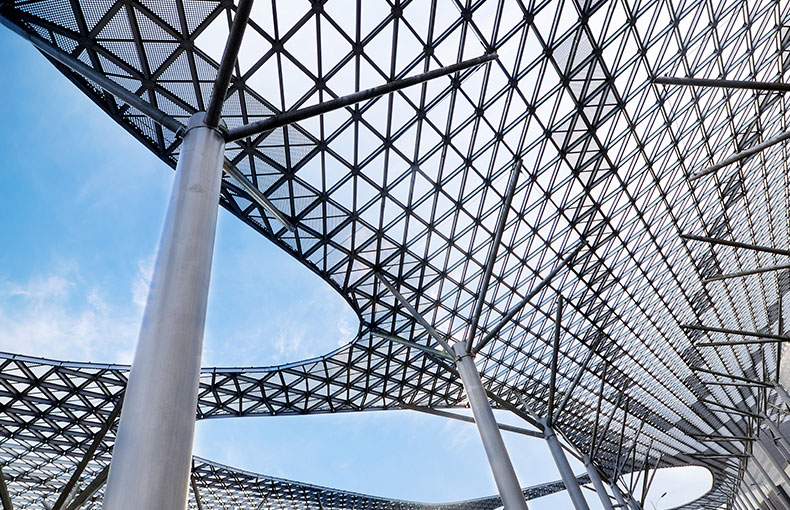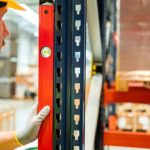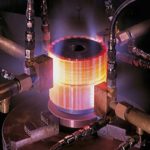Common Methods Followed in Steel Fabrication Process
Common Methods Followed in Steel Fabrication Process
The steels are present in every corner of our lives, however trivial it may seem. They play a crucial role in our way of living: our work, our personal life. From our home comforts (appliances, chairs, sofas, kitchen utensils) to our social well-being (street lighting, bus stop seats, material medical), steels are root elements of our lives, and steel processing is the essential process for them to be. From the steel fabrication and engineering companies in UAE, you can now expect the best.
What is a steel processing?
Steel processing consists of subjecting these elements to a physical, chemical, or biological transformation process for their use in the assembly in manufacturing processes. For example, the structure of a car requires steels that have gone through a machining process that is generally produced in a specialized plant before being sent to the car assembly plant, or the structure of urban furniture such as street lamps, benches, or railings need the steels used to go through a galvanizing process to ensure their resistance to external agents such as high temperatures or rainwater.
Steel fabrication, machining, and processing are often confused, but they actually refer to different things that others may include. From the Structural steel solution provider in UAE, you can have all these products.

Steel fabrication, machining, and processing: differences
The manufacture by the Steel construction companies in Ajman, for example, may refer to the production of pieces of the raw steel (for example, coils or plates). Still, one includes the subsequent machining process, as it also relates to a part of the process production of these pieces after the initial one.
On the other hand, steel machining by the Structural steel fabrication companies in UAE is the set of industrial processes for removing material (cutting, marking, pressing, drilling, etc.) that are carried out on a raw material that It has already gone through a previous manufacturing process (blanks), so that it meets the requirements of shape and size for assembly in the manufacturing plant of the final product.
Processing, in turn, can include machining processes but also other transformation processes, that do not involve material removal, but even addition, such as galvanizing or zinc plating, welding, or rolling. This is applicable for the Pre-engineered steel building structure construction as well.
The processes involving steel processing in the Steel construction companies in Dubai are complex and varied, require different training and machinery, and have very different costs, regulations, and applications. Below we will detail some of the most common and their applications.
Types of steel parts that go through steel processing
All types of steel processing start from a natural or prefabricated steel part, which before being assembled into an electrical appliance, a car, a building structure, urban furniture, a medical utensil, etc., must go through a plant in the one that will be transformed according to the requirements of shape, size, etc., necessary, specified by the experts of Hot rolled steel fabrication UAE. These plants are usually independent of these manufacturers because they have space, the specific and updated machinery, software, the staff, etc. It would be costly to carry out this transformation. In contrast, a company that focuses on that part of the process to supply multiple manufacturers can lower costs and offer high quality.In most steel processing cases, a project starts with one or more of the following steel blanks:
Expanded steel
These are steel panels that are perforated to expand them into the desired consistency, joined by the material in the form of a mesh, which can have different thicknesses. It is often used for machines that require ventilation, including computers and heaters, and gates and doors, depending on the size of the holes. For that, the use of Structural steel Fabricator comes heavily into use.
The Different Methods of Steel Fabrication
Cutting

Metal cutting is one of the most common processes in metal processing. They consist of separate parts of the metal into halves, thirds, or smaller portions. This process is often carried out when the metal does not yet have any particular shape before further processes such as machining. The machinery that can carry out this type of metal processing can range from the band or radial saws to lasers and other high-tech machinery, depending on requirements such as cutting precision, lead time, or budget.
Metal Bending
Metal bending is one of the most intricate metal processing processes, involving the plastic deformation of a metal surface into shape at a certain angle. Unlike other methods, bending requires facilities with very specific high-tech equipment, given the complexity of the process. Bending is often replaced by the joining of two metal panels that already have the required angle.
Welding

Welding is, along with cutting, one of the most popular processing processes in the steel industry. It refers to the joining of two separate steel parts (which can be sheets, panels, bars, tubes, etc.) after the material has melted, and a filler material has been applied that has a lower melting point than the parts to be joined. Pressure, as well as heat, can be added to this process to join both pieces.
Machining
Machining is a recurring mention process on this blog. It is a process that seeks to eliminate portions of a piece of steel (shavings) to achieve the requirements of shape, size, etc., desired in a steel piece for use in the final production of a product. There is also machining without chip removal, although there is no consensus that it is machining. Many necessarily attribute the removal of material, and many refer to it as steel shaping. The machining processes include cutting (although we have put it separately in this list, it can also be considered as a machining process because there is usually chip removal), milling, turning, drilling, etc., which include machinery such as the cutter, the lathe, the drill, the saw, etc.
Shearing
It is a process (which can be included in machining since there is a small removal of chips) that consists of a cutting operation along a straight line between two cutting edges, generally used to reduce large steel sheets into smaller sections for subsequent pressing processes. The machine used in this process is the shear. The necessary action of shearing consists of lowering the blade of the shear onto the machine table to fracture or break the material in a controlled manner. The equivalent of shearing when produced cold is guillotining.
Marked or stamped
It is a process within the steel processing that consists of making a puncture in the steel without actually piercing it, to form letters, stamps, or others, such as embossing in wood or marble, in a superficial way (an example of this is the coins).
Casting

Casting is one of the oldest steel transformation processes, where molten steel (melted and liquefied) is poured into a mold in a specific way and allowed to solidify. It is a very flexible process within steel processing, allowing a wide range of complex shapes, but must be followed by other transformation processes such as bending, cutting, or stamping. The steels that usually go through smelting processes are steel, iron, gold, copper, silver, and magnesium.
Conclusion: Expect the best from the Steel processing plant

The Structural steel fabrication companies in UAE carry out a wide range of steel transformation processes at its plant, from manufacturing to cutting, machining, pressing, and engraving of parts for all types of sectors, such as energy and construction (profiles and structural sections), automotive and aerospace industry, home and much more. We have the latest generation in laser machinery and the quality standards required for different industries.










